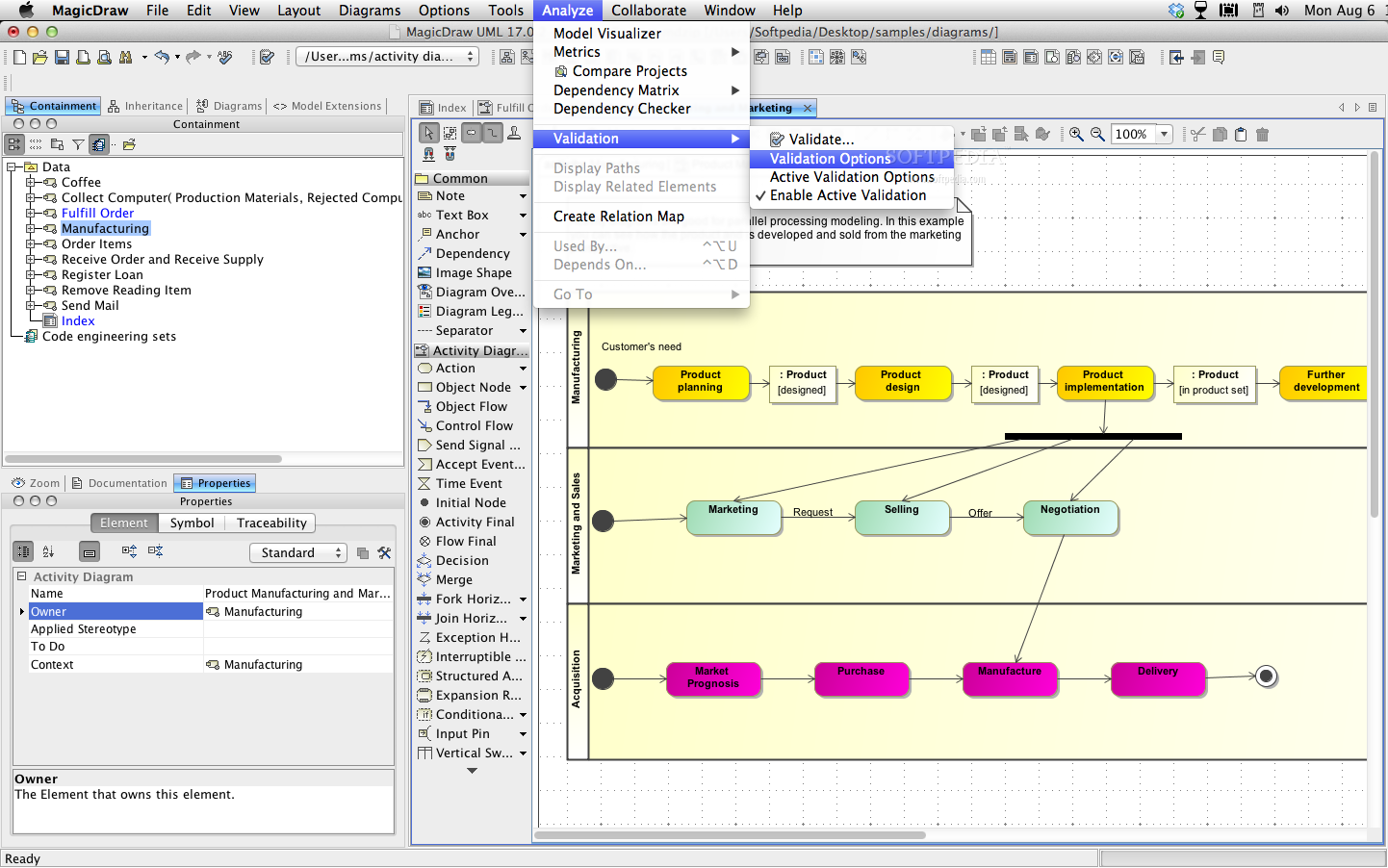
Of particular interest is the insect metalloproteinase inhibitor (IMPI) which has been discovered in G. Its arsenal of immunity-related effector molecules encompasses peptides and proteins exhibiting potent activity against bacteria, fungi or both, whose potential as new anti-infective therapeutics are presently being explored. In addition, a broad spectrum of antimicrobial peptides and proteins has been identified in this insect during past decade among which some appear to be specific for Lepidoptera. The larvae of the greater wax moth Galleria mellonella prosper in use both as surrogate alternative model hosts for human pathogens and as a whole-animal-high-throughput-system for in vivo testing of antibiotics or mutant-libraries of pathogens. mellonella model can be used in the initial analysis before conventional in vivo tests and to reduce the number of tests performed on mammals.Īnti-infective therapeutics from the Lepidopteran model host Galleria mellonella. mellonella caterpillars as a model in biomedical research is the lack of standardized breeding of these insects, which would guarantee the reproducibility of the obtained results and lack of procedures and standards according to which biomedical research will be carried out. This is showing by number of scientific publications about infection’s model of G.

mellonella (greater wax moth) are rapid growth, high fertility, size and short life cycle insects- these are features that should be met by good model organisms therefore the number of researches with larvae of wax moth as the model organism for pathogens assays grows from year to year. are used in studies on virulence, host resistance or in assessing the in vivo efficacy of antibiotics, fungicides and other biologically active substances.

Thanks this features, insects such as Drosophila melanogaster M., Blattella germanica L., Culex quinquefasciatus S., Bombyx mori L. Mikulak, Ewa Gliniewicz, Aleksandra Przygodzka, Marta Solecka, JolantaĬomparative of studies of genomes of invertebrates and humans shows that in invertebrates including insects there are numerous homologues of human’s genes coding proteins involved in recognition pathogens or transduction of the expression signal.

as model organism used in biomedical and other studies


 0 kommentar(er)
0 kommentar(er)
